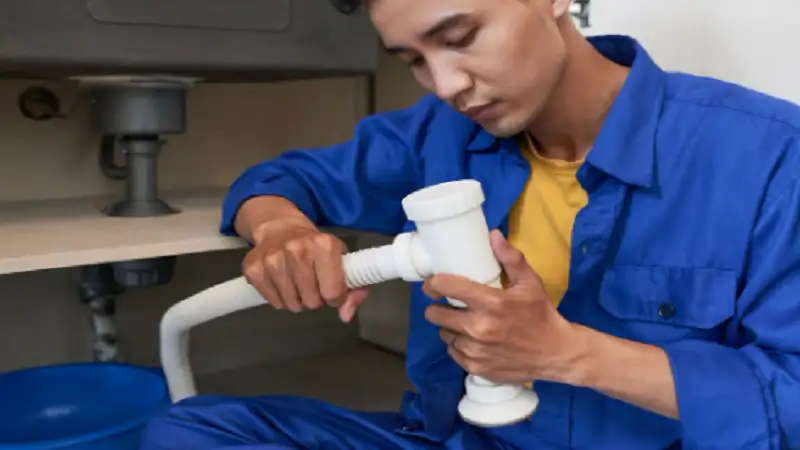A pinch valve tube controls flow by gently squeezing a soft line. It helps machines move liquids and powders. Tubing lasts longer when you care for it a little every day. This guide gives clear steps that anyone can follow.
Why tubing wears out
Tubing wears when it bends, rubs, or meets hot or harsh liquids. Tiny cuts or dents lead to holes later. Dirt and buildup also make the tube weak. A proportional pinch valve works best when the tube moves smoothly and fits well.
Simple daily checks
Look at the tube each day. Check for cracks, bubbles, or floppy spots. Run your hands along the tube to feel for any issues. Say to yourself, ‘Check the pinch valve tube.’ If you find a small problem, write down where it is. It’s easier to fix small problems before they get bigger.
Easy cleaning steps
Turn off the machine before you clean. Remove the tube if the system lets you. Rinse with warm water and mild soap. Do not use strong chemicals. If the tube has any leftover bits, use a soft brush to clean it. Make sure the tube is completely dry before putting it back.
Gentle handling and installation
Handle the tubing with care. Do not pull hard or twist it tightly. When you fit the tube into the clamps, make sure the clamp sits square. A tube that sits crooked will wear fast. Keep the fitting smooth and don’t make sharp turns. This way, it’ll stay in good shape. Tighten it only as it needs so the tube stays in place.
Match the tube to the job
Choose tubing that fits the job temperature and the liquid it will carry. Some liquids make tubes stiff or soft. So, read labels or ask the maker of the tube. Using the right tube from the start saves time and money.
Routine changes and rotation
Swap tubes on a regular plan. Move a used tube to a less busy spot if you can. Rotating parts spreads wear and keeps one tube from bearing all the strain. Mark tubes with dates so you know when to swap.
Storage and spare tubes
Store tubes flat or on a wide roll. Keep them out of sunlight and away from heat. Because sunlight and warmth age the rubber. Also, keep spare tubes on hand so you can change a tube fast when needed.
Avoid common mistakes
- Do not force a tube into the wrong-size fitting.
- Do not bend a tube more than it needs to bend.
- Do not let grit sit inside a tube.
- Clean or flush the line after each use when possible.
When to replace tubing
Replace a tube if it cracks, leaks, or shows deep dents. A weak spot can fail suddenly. If the machine slips or the flow changes, check the tube first. So, replace tubing before it causes a mess or a stop in work.
Quick checklist
- Daily: look and feel for damage.
- Weekly: rinse and let dry.
- Monthly: check fittings and marks.
- Replace: any tube with a crack or leak.
Extra tips for longer life
Keep a small notebook or a phone note for each tube. Write the date you install and the parts you clean. Teach one person to be the keeper of the notes. Change tools or settings slowly when you test new liquids. Small records help you spot patterns and stop wear before it grows. Follow safety steps when you handle tubes every time.

